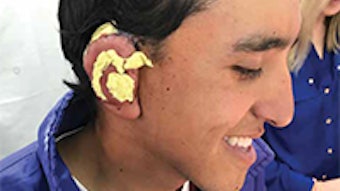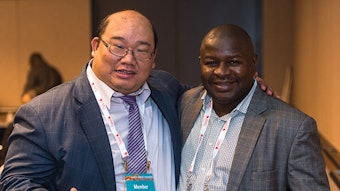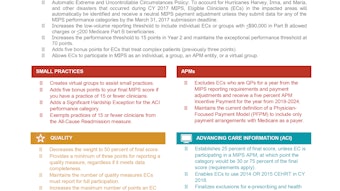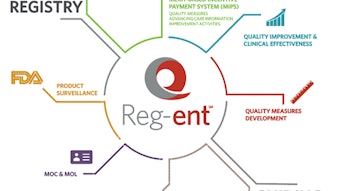Strategic planning to maximize value 4U
I am pleased to report that in December 2017, the Academy concluded a successful, invigorating, and effective strategic planning process. The session enabled the organization to make necessary adjustments to ensure that AAO-HNS/F remains a leader in providing you, our members, everything necessary to facilitate your ability to care for patients with ear, nose, throat, head, and neck problems, now and into the future.
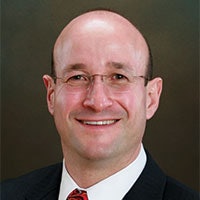 Gavin Setzen, MD
Gavin Setzen, MD
AAO-HNS/F Past President
Strategic planning was an opportunity to reflect on our mission (core purpose), aspirations, and guiding principles, and to evaluate continued relevance of the Academy’s vision, as well.
Goals of strategic planning:
1. Identify environmental conditions having the greatest impact on our future direction.
2. Perform a high-level assessment of the progress on the current strategic plan.
3. Articulate the AAO-HNS/F envisioned future.
4. Develop a set of goals and objectives articulating areas of focus for the next three to five years.
5. Understand the implications of the plan on AAO-HNS/F infrastructure, budget, and resource allocation.
Due to the complexity and critical importance of our current strategic planning process, an RFP was submitted to five targeted facilitator groups, and three of these were interviewed. Paul D. Meyer, MBA, CAE, President and Co-CEO of Tecker International, LLC, was selected as the most qualified candidate with a wealth of healthcare experience in strategic planning facilitation.
A diverse group of Academy members, representing the Boards of Directors (BODs); Coordinators; Board of Governors (BOG); the Diversity and Inclusion Committee; the Sections for Residents and Fellows-in-Training (SRF), Young Physicians (YPS), and Women in Otolaryngology (WIO); At-Large BOD members; and the Large Group Forum (Private Practice), together with the Academy executive leadership team, came together to solve common problems, meet common needs, and accomplish common goals.
Prior to the strategic planning retreat, comprehensive data collection was carried out to assess the external environment, current conditions, trends, and assumptions about the future with a five-year planning horizon. Also, 21 Qualitative Telephone Interviews were carried out with a diverse group of stakeholders, including representatives from academia, Society of Physician Assistants in Otorhinolaryngology/Head & Neck Surgery, Society of Otorhinolaryngology and Head-Neck Nurses, healthcare systems, industry, residents, military physicians, private practice physicians, and physicians in hospital settings. This information was collated and presented anonymously for consideration during the meeting.
The goal was to develop a strategy, morphing in response to emerging threats, opportunities, and trends, to be successful amidst the tide of disruption in healthcare and education.
It quickly became evident that we would be able, as an organization, to not only anticipate and adjust to changes we are facing, but to do so before the need becomes obvious and imminent, by acting proactively rather than reactively To Thrive Through This Change!
Key drivers of change include various aspects of shifting demography and continuously evolving technology. Several categories of assumptions were considered, including professional competition and structure, global economic factors, legislation and regulations, demographics, social values, consumer preferences, technology, and science.
We closely considered our mission, aspirations, and guiding principles as they relate to traditional strategic issues including Advocacy, Research and Quality, Education and Knowledge, Member Engagement, Unity, and Sustainability—our traditional “table stakes” areas of strategic importance. But we also looked at new initiatives and reassessed priorities, including the future needs of otolaryngology education and practice, wellness, workforce, global activities, and patient education.
The BODs’ responsibilities following strategic planning will be to set organizational direction, ensure necessary resources, and provide continuous oversight.
Critical next steps include setting immediate, mid-term, and long-term priorities and vetting potential strategies as they relate to necessity, feasibility, appropriateness, and sufficiency. We will also need to determine what activities to discontinue, enhance, maintain, or create. The strategic planning recommendations will be incorporated into the budget process that began in January, and draft recommendations will be reviewed by the BODs for final approval at the BODs meeting in March. The BODs will need to exercise its fiduciary responsibility as we move forward in implementing recommendations.
I was most gratified and heartened by the respectful, thoughtful, passionate, and forward-looking deliberations by the entire group in considering the daunting yet exciting challenges and possibilities ahead!
Please join me at the AAO-HNS/F 2018 Leadership Forum & BOG Spring Meeting next month in Alexandria, VA, for continued networking, camaraderie, and education regarding contemporary issues in our field.
